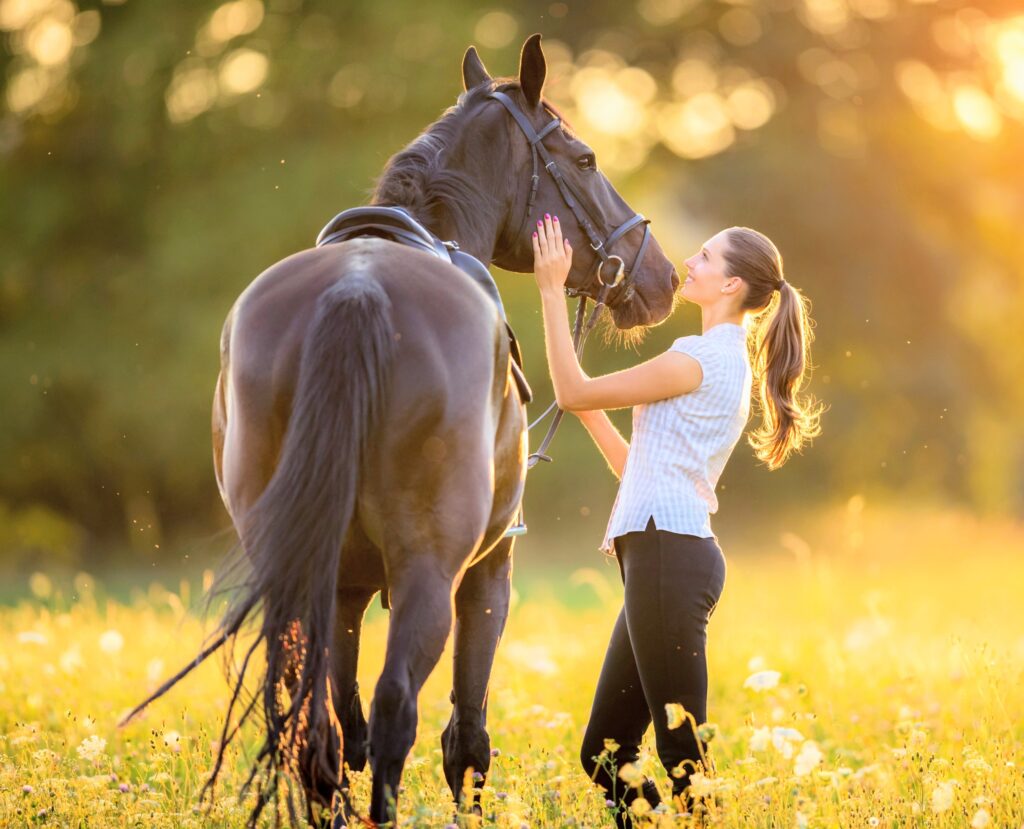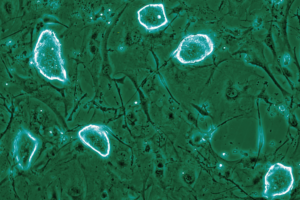
The story of how horses became calm enough to carry people is intricately written in their DNA. A groundbreaking study has traced ancient horse genomes across millennia, linking specific genetic changes to both behavior and body shape. This research reveals that early breeders initially prioritized temperament before selecting for physical attributes that could endure speed, weight, and long journeys.
Led by Xuexue Liu at the Institute of Animal Science, Chinese Academy of Agricultural Sciences (CAAS), the study involved collaboration with experts in France and Switzerland. It pinpoints a particular genomic region that appears to have tipped the balance toward rideability, offering new insights into the domestication of horses.
The Historical Impact of Horses on Human Civilization
Horses have significantly reshaped human life, influencing how people moved, traded, and engaged in warfare. Archaeological and genetic evidence places the successful spread of modern domestic horses in the Western Eurasian steppes over 4,000 years ago. A 2021 study further linked the rise of horse domestication to revolutionary changes in land transportation, notably through the use of chariots and horseback riding.
Before the advent of engines, horses were the fastest means of moving people and goods. They also played a crucial role in agriculture by pulling plows and in communication by carrying messages over long distances. These transformations were contingent on animals that could accept riders and maintain a steady pace without faltering. The new genetic timeline provides a step-by-step explanation of how these traits were developed.
Decoding Horse DNA: The Search for Rideability
The researchers constructed a time series of horse DNA, examining 266 trait-linked markers associated with behavior and body conformation. They observed how these markers fluctuated in frequency as humans began managing horse breeding. The study found clear indications that early selection focused on behavior, supporting the idea that a trainable, calm animal is easier to handle before attempting fast travel or combat.
Key genetic terminology was defined to aid in interpreting the data. Ancient DNA refers to genetic material recovered from archaeological remains, while a genome is the complete set of genetic instructions in an organism. A genetic locus is a specific location on a chromosome, and an allele is a version of a gene at that location. When an allele becomes more common due to its survival advantage or human preference, this is known as positive selection.
The Role of the GSDMC Gene
One region, identified as GSDMC, emerged as the strongest candidate for influencing rideability. The study reports that selection at this locus began around 4,750 years ago, during a period known as a domestication bottleneck, which marked a significant shift in breeding practices. By approximately 4,150 years ago, variants in GSDMC had become prevalent in managed horse populations.
The GSDMC gene is linked to skeletal conformation in horses and to spinal anatomy, motor coordination, and muscular strength in mice.
These traits align with the demands of carrying a human over uneven terrain for extended distances. A stiffer, stronger back, coordinated movement, and sufficient muscle power would all contribute to a safe, steady ride. The authors suggest that selection on existing variation, rather than a new mutation, likely drove the rapid rise of these traits. This interpretation aligns with common breeding practices, where selection occurs among existing herd members.
Tracing the Evolution of Horse Breeding
The study also highlighted the ZFPM1 gene, known to influence behavior in mice, as showing positive selection approximately 5,000 years ago. This timing suggests that calm temperament and tractability were prioritized before the physical adaptations that enabled sustained riding.
Initially, taming a large, fast, and easily spooked animal would have been the primary challenge. Once this hurdle was overcome, breeders could focus on selecting for efficient movement and strength under load.
From Bronze to Iron Age: Shifts in Breeding Priorities
The data indicate a shift in emphasis following the earliest phase of domestication. From the Iron Age onward, breeding efforts increasingly focused on larger body size and greater tameness to meet the demands of transport and warfare. This pattern mirrors archaeological records showing the widespread use of cavalry and heavier equipment in later periods. Stronger, larger horses were better suited for these roles.
The Significance of Horse DNA Research
Time series genetics is effective because DNA from different ages acts like snapshots, and many snapshots form a timeline. With sufficient samples, researchers can track allele frequencies, revealing stories about selection pressures over centuries. The team cross-referenced genetic markers for behavior and body plan with known timelines for human mobility, helping to distinguish changes driven by human intervention from natural drift.
GSDMC is a plausible hub because it influences how the spine and muscles develop and function, crucial for a horse’s ability to carry a rider.
Coupled with improved coordination and strength, these traits enabled horses to cover long distances at sustained speeds, providing a significant advantage in movement, trade, and warfare.
Future Directions and Ethical Considerations
While the genetic clock narrows down the timeframe, the exact group or culture that first emphasized rideability remains uncertain. Future research could refine which specific variants in GSDMC are most influential and test their effects on motion in living horses.
Today, ethical breeding must balance performance with welfare, as back health is central to a horse’s quality of life. The study’s findings, published in the journal Science, offer valuable insights for both historical understanding and modern breeding practices.
For more engaging articles, exclusive content, and the latest updates, subscribe to our newsletter. Explore EarthSnap, a free app brought to you by Eric Ralls and Earth.com.







